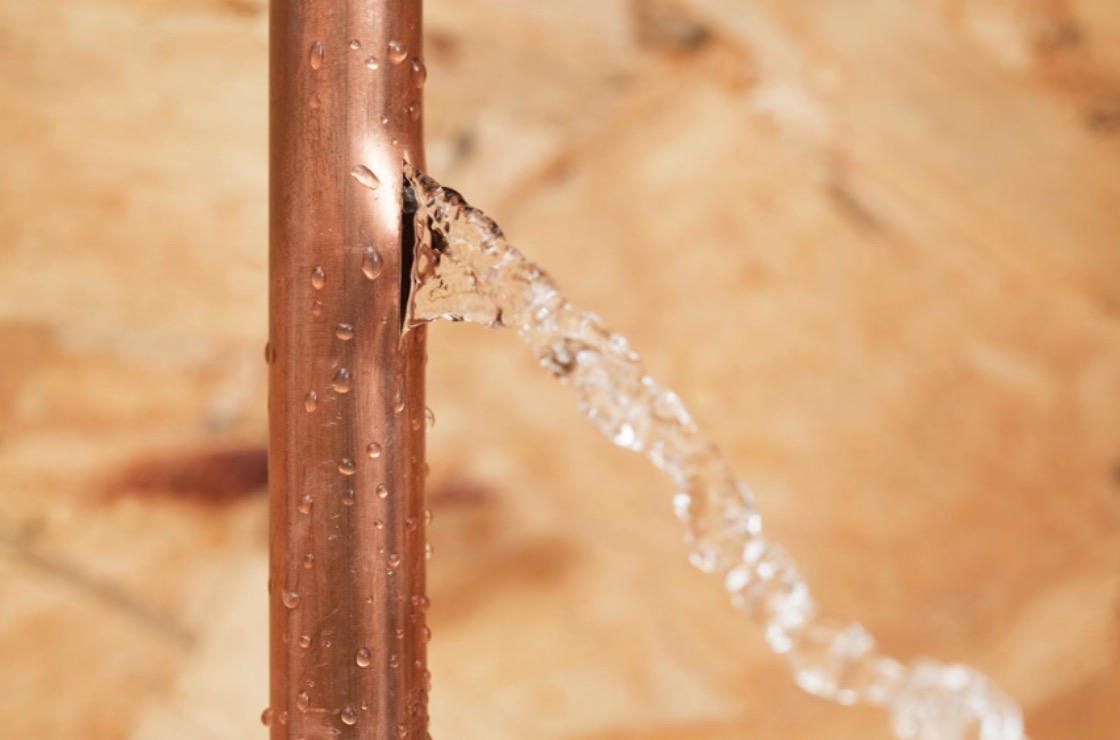Understanding the Primary Reasons for Leakage in The Home
Understanding the Primary Reasons for Leakage in The Home
Blog Article
Just how do you actually feel in regards to How Fast Water Damage Can Ruin Your Home?

Leakages not only cause waste of water but can also cause unneeded damage to your home as well as promote unwanted natural growth. By looking and also comprehending for daily scenarios that trigger leaks, you can safeguard your home from future leaks and also unneeded damage.
Trespassing roots
Most water leakages begin outside your home rather than inside it. If you see an abrupt decrease in water pressure, say in your tap, take time to head out and examine your yard. You might observe damp patches or sinkholes in your yard, which may indicate that tree roots are attacking water lines causing water to permeate out. You can have your plumber look for breach, specifically if you have trees or bushes near your residential property.
Rusty water systems
As time goes by, your plumbing system ages as well as corrosion such as rust might start eating away the pipelines. This may be the source of staining or warping on your water pipes. This asks for an inspection with your plumber promptly. Take into consideration replacing the pipes given that they are at a higher risk of corrosion than the more recent versions if our plumbing system is old.
Malfunctioning Pipe Joints
The factor at which your pipelines connect is regularly the weakest web link in the waterline. Pipe joints can wear away with time, leading to water leaks. Regrettably, the majority of pipe joints are not conveniently visible. If you have loud pipelines that make ticking or banging noises, especially when the hot water is switched on, your pipeline joints are probably under a lot of pressure. It is recommended to have your plumber evaluate your system yearly.
Instantaneous temperature modifications.
Severe temperature level changes in our pipes can trigger them to expand as well as contract suddenly. This development as well as tightening may create fractures in the pipelines, specifically if the temperature are below freezing. It would be best if you kept an eye on how your plumbing works. The presence of the previously pointed out scenarios often indicates a high risk.
Poor Water Connectors
At times, a leakage can be triggered by loose tubes as well as pipes that provide your home appliances. In instance of a water connections leak, you may discover water running straight from the supply line or puddles around your appliances.
Blocked Drains
Obstructed drains could be aggravating and inconveniencing, but they can in some cases end up creating an overflow resulting in burst pipes. Keep getting rid of any type of products that may decrease your drains pipes that can clog them to stay clear of such hassles.
All the above are sources of leakages however not all water leakages result from plumbing leakages; some leaks may come from roof covering leaks. All leaks need to be repaired right away to stay clear of water damage.
Leakages not just create waste of water but can also trigger unneeded damage to your residence and advertise undesirable natural growth. By looking and understanding for day-to-day circumstances that cause leaks, you can safeguard your house from future leakages and unnecessary damages. Today, we will look at six leak creates that might be creating your pipelines to trickle.
At times, a leak can be triggered by loosened hoses as well as pipes that supply your devices. In case of a water connections leak, you may notice water running directly from the supply line or pools around your devices.
How To Check For Water Leak In Your Home
How To Check for Leaks
The average household's leaks can account for nearly 10,000 gallons of water wasted every year and ten percent of homes have leaks that waste 90 gallons or more per day. Common types of leaks found in the home are worn toilet flappers, dripping faucets, and other leaking valves. These types of leaks are often easy to fix, requiring only a few tools and hardware that can pay for themselves in water savings. Fixing easily corrected household water leaks can save homeowners about 10 percent on their water bills.
To check for leaks in your home, you first need to determine whether you're wasting water and then identify the source of the leak. Here are some tips for finding leaks:
Take a look at your water usage during a colder month, such as January or February. If a family of four exceeds 12,000 gallons per month, there are serious leaks.
Check your water meter before and after a two-hour period when no water is being used. If the meter changes at all, you probably have a leak.
Identify toilet leaks by placing a drop of food coloring in the toilet tank. If any color shows up in the bowl after 10 minutes, you have a leak. (Be sure to flush immediately after the experiment to avoid staining the tank.)
Examine faucet gaskets and pipe fittings for any water on the outside of the pipe to check for surface leaks.
Undetected water leaks can happen without the home or business owner even realizing. If you suspect a water leak, but not able to find the source. It is time to contact a professional water leak detection service, The Leak Doctor.
How To Find a Water Leak In Your Home
https://www.leakdoctor.com/blog/How-To-Check-For-Water-Leak-In-Your-Home_AE197.html

Do you enjoy reading about How to detect water leaks in your home? Write a short review down the page. We'd be interested to find out your feelings about this review. We hope to see you back again soon. So long as you enjoyed our post plz remember to pass it around. Many thanks for going through it.
Call now! Report this page